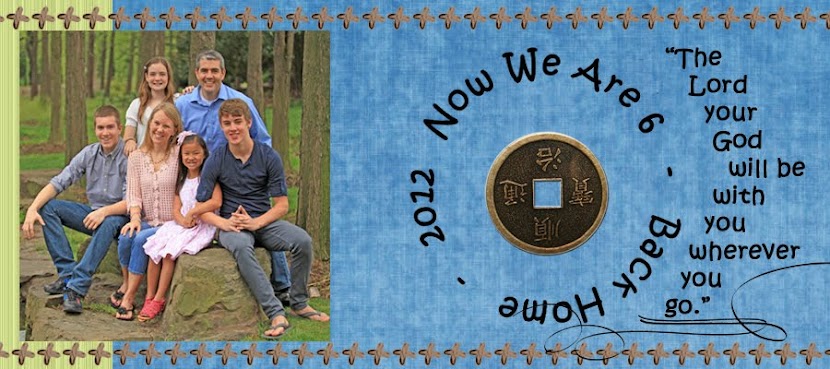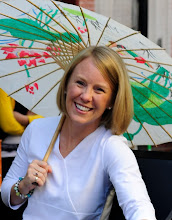Although we are missing New Year's fireworks in Shanghai this week, we are not missing the other festivities of Chinese New Year. Malaysia has a significant Chinese population, and it seems that a lot of Chinese nationals have traveled here to Sabah to celebrate the New Year. There are red lanterns and other Chinese New Year decorations everywhere in Kota Kinabalu.


Yesterday morning, the first day of Chinese New Year, there was a tradional lion dance in our hotel. It started right outside the hotel with one "lion" who danced around on these very small pedestals. For those who don't know, the lion is actually two people inside this elaborate costume. The mouth can open and the eyes blink. After this portion of the dance outside, about six or seven more joined the first lion and they all paraded into the hotel lobby. They seemed to have specific places they needed to go. One of their stops was the front desk where they all lined up and bowed, and then one lion "ate" a strategically placed orange off the desk. There were other stops that the lions danced to, with a task at each stop. All of this took place to the beat of very loud drums and cymbals, played by a group of five musicians that followed after the lions.



I loved watching the lion dance, but I don't know much about it's traditional significance. Can anyone help me out with this?

 Yesterday morning, the first day of Chinese New Year, there was a tradional lion dance in our hotel. It started right outside the hotel with one "lion" who danced around on these very small pedestals. For those who don't know, the lion is actually two people inside this elaborate costume. The mouth can open and the eyes blink. After this portion of the dance outside, about six or seven more joined the first lion and they all paraded into the hotel lobby. They seemed to have specific places they needed to go. One of their stops was the front desk where they all lined up and bowed, and then one lion "ate" a strategically placed orange off the desk. There were other stops that the lions danced to, with a task at each stop. All of this took place to the beat of very loud drums and cymbals, played by a group of five musicians that followed after the lions.
Yesterday morning, the first day of Chinese New Year, there was a tradional lion dance in our hotel. It started right outside the hotel with one "lion" who danced around on these very small pedestals. For those who don't know, the lion is actually two people inside this elaborate costume. The mouth can open and the eyes blink. After this portion of the dance outside, about six or seven more joined the first lion and they all paraded into the hotel lobby. They seemed to have specific places they needed to go. One of their stops was the front desk where they all lined up and bowed, and then one lion "ate" a strategically placed orange off the desk. There were other stops that the lions danced to, with a task at each stop. All of this took place to the beat of very loud drums and cymbals, played by a group of five musicians that followed after the lions.

 I loved watching the lion dance, but I don't know much about it's traditional significance. Can anyone help me out with this?
I loved watching the lion dance, but I don't know much about it's traditional significance. Can anyone help me out with this? 


3 comments:
Well, you see, in East Asia, many centuries ago, the lion was both feared for its ferocity and honored for its beauty. Today, China embraces this animal for those same reasons. The country desires to be feared, but also honored.
Thanks, Sarah, for your attempt here. Not what I was looking for, but you made it sound really good. You made me laugh out loud!
It's unfortunate that one of Sarah's spiritual gifts is lying with a completely straight face. I blame it on the "Dictionary Game" that the Erdmann family enjoys playing. -STD
Post a Comment